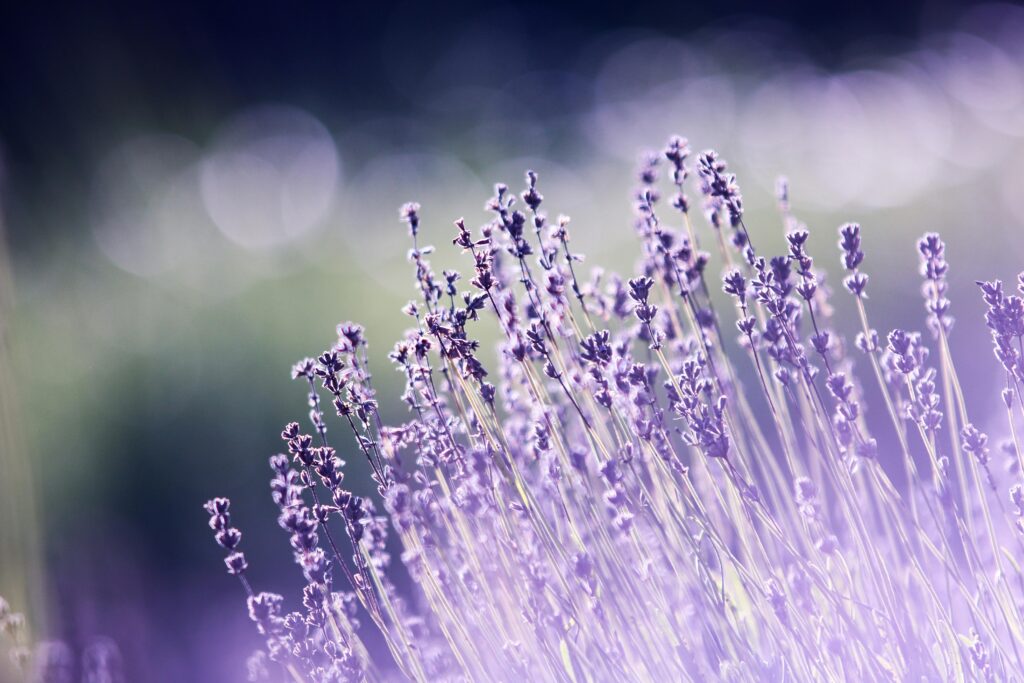
Few plants bring such a timeless charm to the garden as lavender. With its silvery-green foliage, upright flower spikes, and iconic fragrance, lavender is a plant that appeals to both the eyes and the senses. Beyond its beauty, lavender is also practical used in oils, sachets, culinary dishes, and as a pollinator magnet in the garden.
Growing lavender successfully can seem tricky if you’re not familiar with its Mediterranean origins, but once you understand its needs, it is surprisingly easy to cultivate and long-lived. This guide will walk you through everything from planting and soil preparation to pruning, pests, and seasonal care.
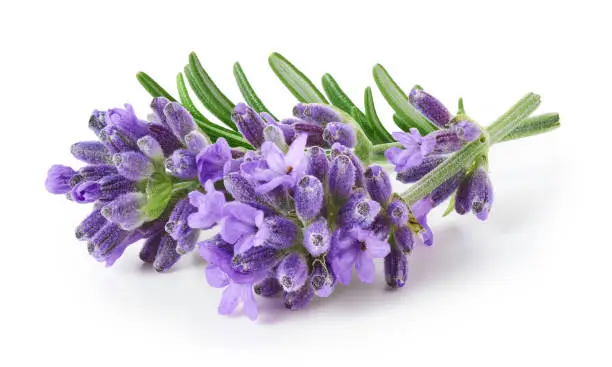
Why Grow Lavender? 🌸
- Fragrance: Few flowers can compete with lavender’s calming aroma.
- Beauty: Adds elegance to borders, rock gardens, or containers.
- Pollinators: Attracts bees, butterflies, and beneficial insects.
- Practical uses: Lavender flowers are excellent for drying, essential oils, or culinary infusions.
- Low-maintenance: Once established, lavender requires little care compared to many perennials.
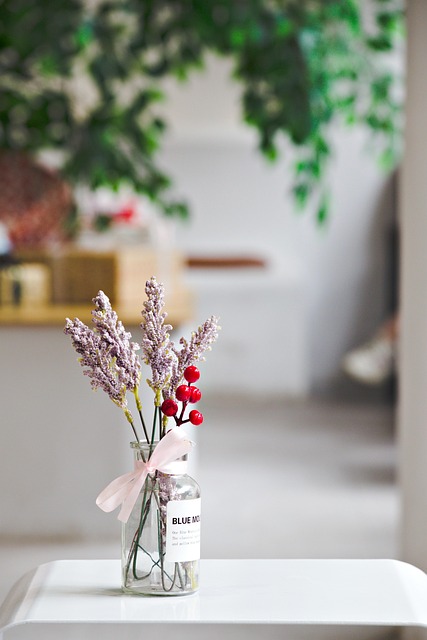
Ideal Growing Conditions 🌞
Sunlight
Lavender loves full sun, thriving with at least 6–8 hours daily. Plants grown in shade become leggy and bloom poorly.
Soil
- Well-drained soil is non-negotiable. Lavender’s roots rot in soggy ground.
- Sandy or gravelly soil works best.
- Ideal pH: 6.5–7.5 (slightly alkaline).
- If your soil is heavy clay, improve it with sand or grit before planting.
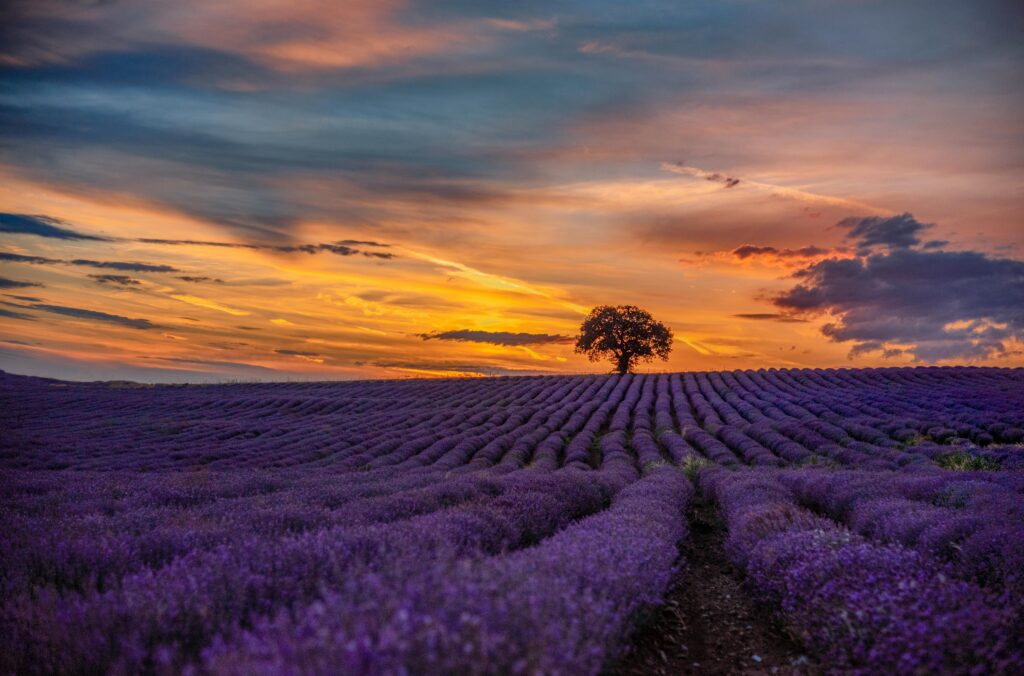
Water
- Lavender is drought-tolerant once established, but young plants need consistent watering until roots develop.
- Water deeply but infrequently—let soil dry between waterings.
- Avoid overhead watering to prevent fungal disease.
Climate
- Best suited for USDA zones 5–9, depending on variety.
- English lavender tolerates cold winters better, while French and Spanish types thrive in warmer climates.
Popular Types of Lavender 🌿
- English Lavender (Lavandula angustifolia): Compact, cold-hardy, excellent fragrance.
- French Lavender (Lavandula dentata): Distinctive fringed petals, suited to warmer climates.
- Spanish Lavender (Lavandula stoechas): Showy “rabbit-ear” bracts, blooms earlier.
- Lavandin (Lavandula x intermedia): Hybrid with tall spikes and strong scent, often used in oil production.
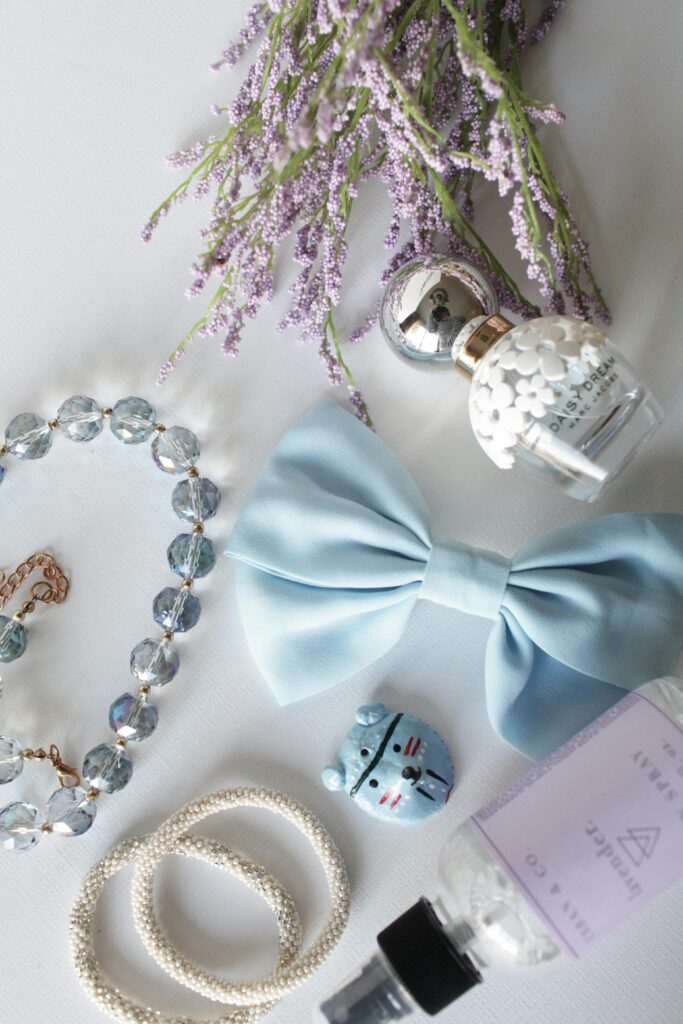
How to Plant Lavender 🌱
From Seeds
- Lavender seeds germinate slowly, often taking 2–4 weeks.
- Start indoors in late winter.
- Use a seed-starting mix, lightly cover seeds, and provide bottom heat for better germination.
From Cuttings
- The most reliable method.
- Take 4–6 inch softwood cuttings in spring or semi-hardwood cuttings in summer.
- Dip in rooting hormone and plant in well-draining soil.
Transplanting Nursery Plants
- Space plants 12–18 inches apart for small varieties and 2–3 feet apart for larger ones.
- Plant high so the crown is slightly above soil level to reduce rot risk.
Daily Care and Maintenance 🌸
- Watering: Keep new plants watered until established, then reduce.
- Fertilizing: Lavender thrives on lean soil—too much fertilizer reduces fragrance. A light dose of compost in spring is enough.
- Mulching: Use gravel or small stones instead of organic mulch to keep foliage dry.
- Pruning: Essential for lavender’s health. Trim plants back by one-third in spring after new growth emerges. After blooming, lightly shear to shape.
Pruning Lavender ✂️
Pruning keeps lavender compact and prevents it from becoming woody.
- Spring: Cut back by one-third after new growth appears.
- Summer: Lightly shear spent blooms to encourage a second flush.
- Avoid hard pruning into old wood—lavender does not regenerate well from bare stems.
Common Problems and Pests 🐛
- Root rot: Caused by poor drainage and overwatering.
- Fungal diseases: High humidity can cause leaf spots—space plants for airflow.
- Aphids and spittlebugs: Usually minor—wash off with water or use neem oil.
- Leggy growth: Often due to lack of pruning or insufficient sunlight.
Seasonal Care Calendar 📅
- Spring: Plant new lavender, prune lightly, and feed with compost.
- Summer: Enjoy peak blooms, shear after flowering, water during dry spells.
- Fall: Reduce watering, harvest late flowers for drying.
- Winter: Protect with mulch in colder climates; avoid heavy watering.
Harvesting and Uses 🌼
- Harvest timing: Cut lavender stems just as flower buds begin to open for maximum fragrance.
- Drying: Hang in small bundles upside down in a dry, dark place.
- Uses: Sachets, wreaths, teas, essential oils, soaps, and culinary dishes.
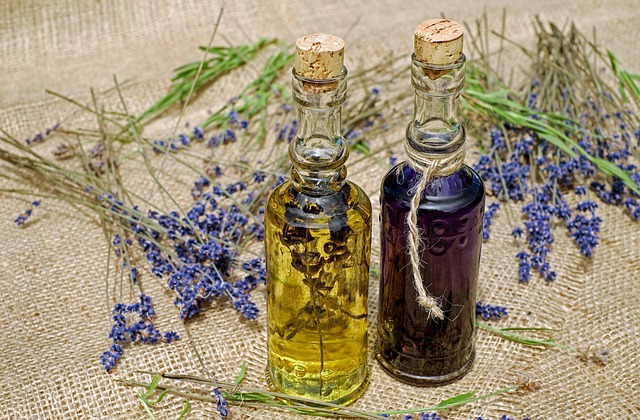
Expert Tips for Success 🌟
- Plant lavender in raised beds or mounds for better drainage.
- Choose the right variety for your climate—English for cold regions, French/Spanish for warm.
- Harvest in the morning when oils are strongest.
- Don’t overwater—lavender prefers neglect to fussing.
- Replace old, woody plants every 8–10 years for the best performance.
FAQs About Lavender ❓
1. Does lavender come back every year?
Yes, lavender is a perennial in most climates, but some tender varieties behave more like annuals in colder zones.
2. Can lavender grow in pots?
Absolutely. Choose a large pot with drainage holes and a gritty soil mix. Potted lavender may need extra winter protection in cold zones.
3. How long does lavender live?
With proper care, most varieties last 8–10 years, sometimes longer.
4. Why is my lavender turning brown?
Usually caused by root rot from overwatering or poor drainage.
5. Can I grow lavender indoors?
Yes, but it needs a very bright, sunny window or grow lights. Indoor lavender can be challenging because it prefers fresh air and full sun.
6. When should lavender be pruned?
Prune lightly in spring after new growth and again after flowering in summer.
7. Is lavender safe for pets?
In small amounts, yes, but essential oils and large ingestions may cause mild reactions in cats and dogs.
Conclusion: Timeless Beauty with Lasting Benefits 🌿
Lavender is more than just a pretty flower—it’s a multi-purpose plant that brings fragrance, beauty, and pollinators into the garden. With the right conditions—plenty of sun, dry soil, and regular pruning—lavender rewards you with years of blooms and endless uses, from dried bouquets to soothing oils.
By planting lavender in your garden, you’re not just growing flowers—you’re cultivating a piece of timeless Mediterranean charm that will delight your senses season after season.



